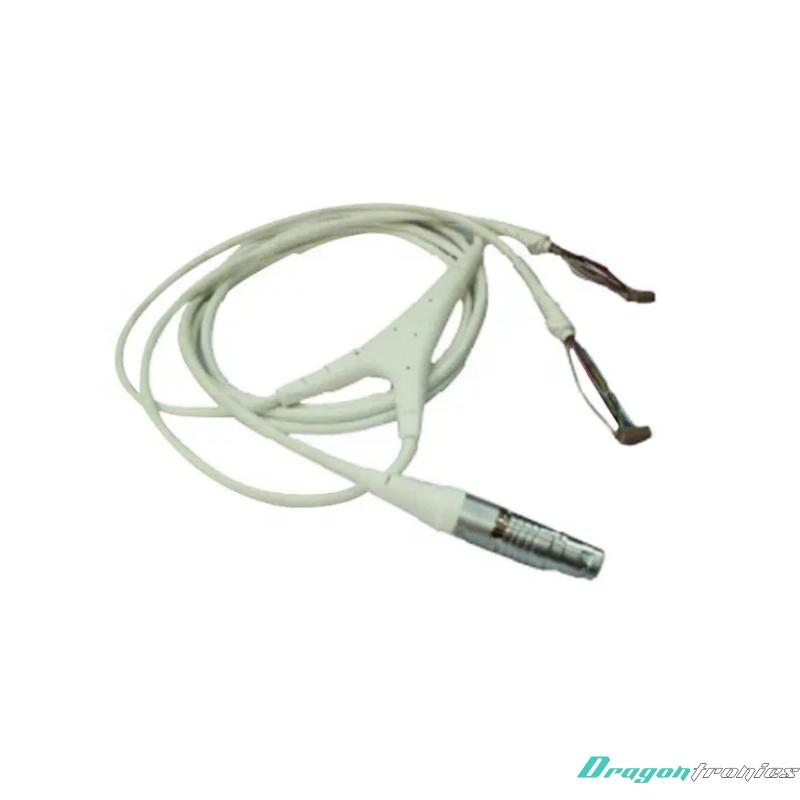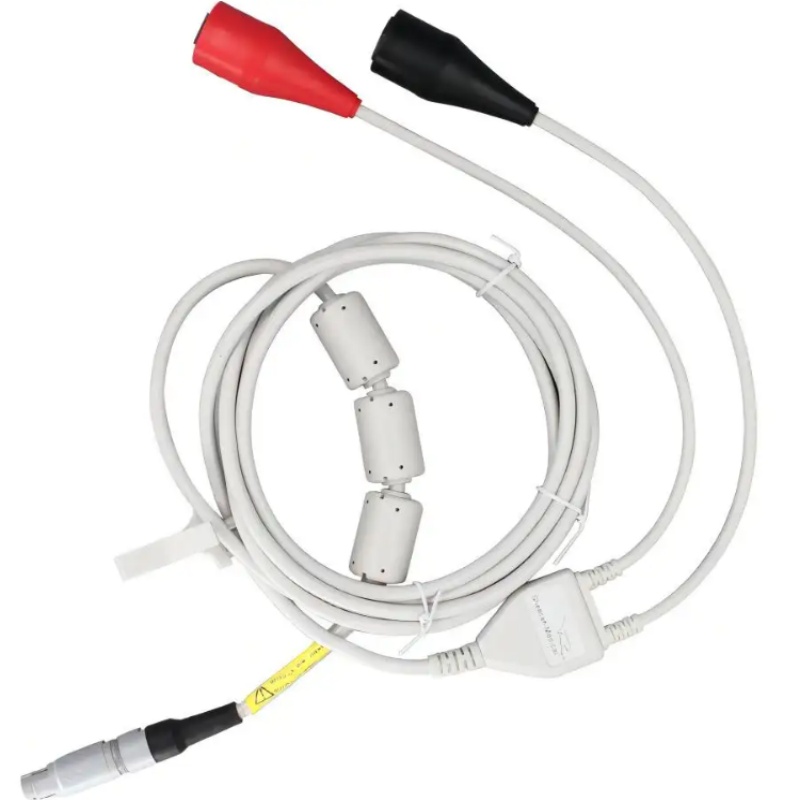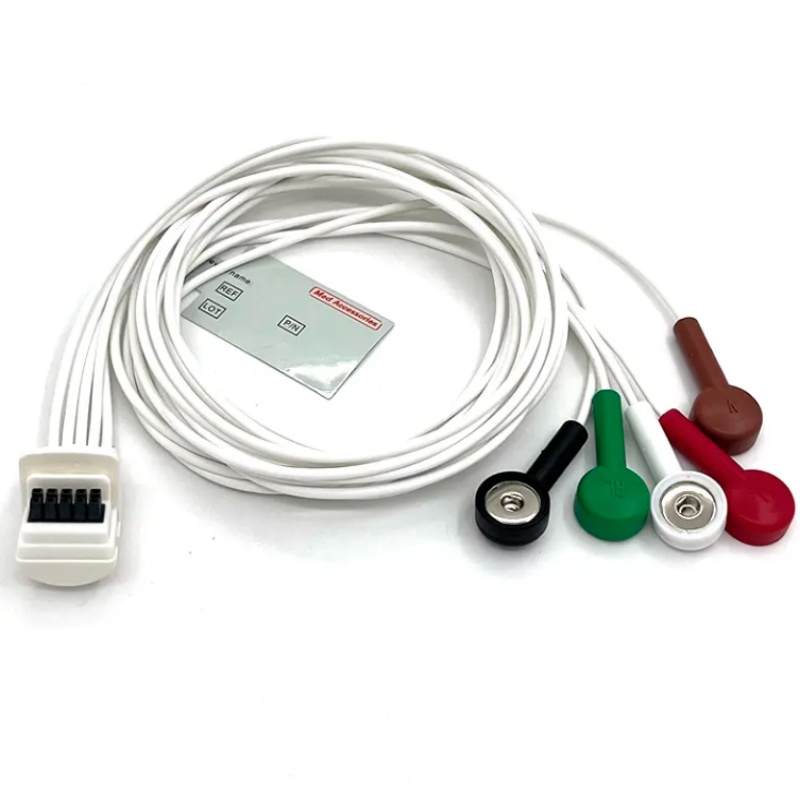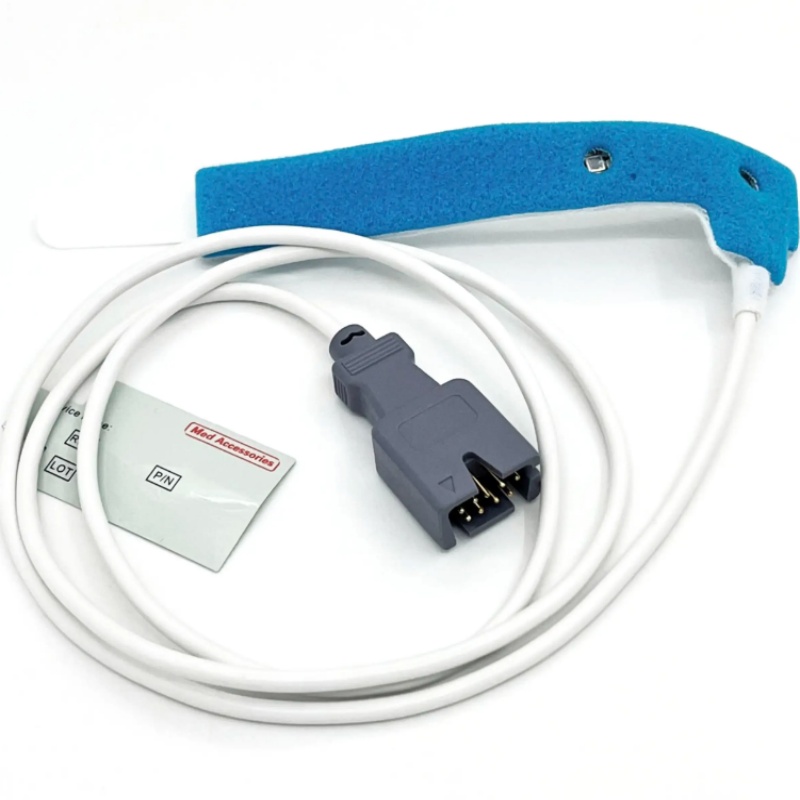Medical Cable
Electrical Medical Equipment Wire Harness Cable Assembly
- Product description: Electrical Medical Equipment Wire Harness Cable Assembly
A Medical Equipment Wire Harness Cable Assembly refers to a custom-designed collection of wires, connectors, and components bundled together into a single unit for use in medical devices and medical equipment. It is an essential part of the internal electrical system in medical instruments, providing safe, reliable, and efficient connections between various electrical components. These cable assemblies are tailored to meet specific medical standards and regulations to ensure the devices operate correctly, safely, and effectively.
Key Functions of a Medical Equipment Wire Harness Cable Assembly:
1. Power Distribution:
o The harness distributes power from the main power supply to various parts of the medical device, including motors, sensors, displays, and control units. It ensures the device operates as intended by providing power to the correct components.
2. Signal Transmission:
o Medical equipment often relies on data signals for proper functioning. This includes sensor data, control signals from buttons or interfaces, and communication signals between different parts of the system (e.g., between a diagnostic device and a display unit). The wire harness ensures these signals are transmitted accurately and securely.
3. Safety and Protection:
o The wire harness is designed to ensure the safety of both patients and healthcare professionals. This includes features such as insulated wires, protective coverings, and safety connectors to prevent electrical shorts, overloads, or electrocution risks. The harness may also include fuses, circuit breakers, or other protective mechanisms to avoid equipment malfunction.
4. Integration of Components:
o Medical devices consist of multiple components that need to work together harmoniously. The wire harness ensures proper connections between the power supply, control panels, motors, sensors, and other electrical parts, allowing them to function in unison. This can include connectors for touchscreens, displays, battery packs, electrodes, sensors, and more.
5. Signal Integrity and Noise Reduction:
o Medical equipment often operates in environments with high electrical noise or interference. The wire harness is designed to ensure signal integrity, reducing electromagnetic interference (EMI) and ensuring accurate data transmission between components.
6. Compliance with Medical Standards:
o Medical equipment must comply with rigorous safety and quality standards, such as ISO 13485 (quality management for medical devices) and IEC 60601 (safety standards for medical electrical equipment). A medical equipment wire harness cable assembly is designed to meet these industry standards, ensuring the device operates safely and reliably.
Applications of a Medical Equipment Wire Harness Cable Assembly:
Medical equipment wire harnesses are used in a wide range of medical devices, including:
1. Diagnostic Equipment:
o Devices like ECG (electrocardiogram) machines, EEG (electroencephalogram) devices, patient monitors, ultrasound machines, and CT scanners rely on wire harnesses to connect sensors, probes, displays, and data acquisition systems.
2. Therapeutic Devices:
o Devices such as TENS (Transcutaneous Electrical Nerve Stimulation) units, electromagnetic therapy devices, and heating/cooling pads use wire harnesses for power distribution, sensor connectivity, and user control.
3. Surgical Instruments:
o Surgical tools, such as electrosurgical units, robotic surgical instruments, and laparoscopic devices, often use complex wire harnesses to connect motors, lights, sensors, and power systems to ensure accurate operation during procedures.
4. Life Support Systems:
o Critical equipment like ventilators, defibrillators, and infusion pumps rely on wire harnesses to ensure accurate power delivery and signal transmission between the equipment's internal components, sensors, and external interfaces.
5. Medical Imaging Devices:
o MRI (Magnetic Resonance Imaging) machines, X-ray systems, and radiology equipment utilize wire harnesses to power motors, sensors, and control units, and to ensure safe and efficient operation of complex imaging systems.
6. Patient Monitoring Equipment:
o Devices like blood pressure monitors, pulse oximeters, and thermometers use wire harnesses to integrate sensors, display screens, and the power supply into a single, functioning unit.
7. Medical Beauty Equipment:
o Laser devices, skin rejuvenation machines, and electrotherapy units in medical aesthetics also use wire harnesses to deliver power and control signals to ensure optimal operation during treatments.
Features of a Medical Equipment Wire Harness Cable Assembly:
1. Customization:
o The wire harness is often custom-designed to meet the specific requirements of a medical device. This includes the selection of wire types, lengths, connectors, and any special insulation or shielding required for the device's safe operation.
2. Durability:
o Medical equipment often needs to be durable and long-lasting due to frequent use in demanding environments. The wire harness uses materials such as high-quality insulation and flexible cables to ensure the device remains reliable over time.
3. Biocompatibility:
o For devices in direct contact with patients, wire harnesses may use biocompatible materials that comply with medical standards to ensure that no harmful reactions occur from prolonged exposure to human skin or bodily fluids.
4. High-Quality Materials:
o Materials like medical-grade silicone, PVC, Teflon, and fluoropolymers are commonly used in medical cable assemblies for their durability, flexibility, and resistance to chemicals, heat, and moisture.
5. Flexibility:
o Many medical devices require flexible cable assemblies to allow for easy movement, such as in portable equipment or tools that need to be manipulated during use (e.g., surgical tools, monitoring devices).
6. Insulation and Shielding:
o Proper insulation ensures that wires are protected from damage and short circuits, while shielding helps to reduce electromagnetic interference (EMI), ensuring that the medical device operates properly in environments with other electronic equipment.
7. Safety Features:
o Wire harnesses for medical devices are equipped with fuses, circuit breakers, and overcurrent protection to prevent electrical issues, especially in life-critical equipment.
Benefits of a Medical Equipment Wire Harness Cable Assembly:
1. Reliable Operation:
o A well-designed wire harness ensures that all components in the medical device are connected correctly and reliably, reducing the chances of malfunctions or failures during operation, which is crucial in medical environments.
2. Safety:
o With proper insulation, shielding, and safety features, medical wire harnesses help minimize the risk of electrical hazards such as shock, overheating, or electrical fires. This is particularly important in patient-facing devices.
3. Efficient Manufacturing:
o By using custom wire harnesses, manufacturers can streamline the assembly process, reducing wiring complexity and installation time. The harness ensures that all necessary wires and connectors are grouped together in a compact, easy-to-install package.
4. Ease of Maintenance:
o A wire harness allows for easier maintenance and repair of medical equipment. Instead of troubleshooting individual wires and connectors, technicians can inspect the entire harness at once and quickly identify issues.
5. Compliance with Standards:
o Medical equipment must meet strict regulatory standards for safety and performance (e.g., IEC 60601, ISO 13485, and FDA regulations). A properly designed wire harness ensures that the medical device meets these standards, helping manufacturers stay compliant.
6. Space and Weight Efficiency:
o Medical wire harnesses are designed to be compact and lightweight, which is important in portable medical equipment or devices that need to be easy to handle and move around.
Conclusion:
A Medical Equipment Wire Harness Cable Assembly is a crucial component that provides electrical connectivity and signal transmission for medical devices and equipment. It integrates and connects various parts of the device, including power supplies, sensors, controllers, and motors, ensuring that the device operates reliably and safely. With custom designs tailored to the specific needs of each medical device, these cable assemblies meet the stringent regulatory standards of the healthcare industry, ensuring safety, efficiency, and long-term durability in critical medical applications.
Categories
Latest News
Contact Us
Contact: Fiona Wu
Phone: 86 - 173 28414 818
Tel:
Add: 20, Changtian Road, Hengli, Dongguan, Guangdong, 523852, China




 Lankecms
Lankecms lankecms
lankecms
 Lankecms
Lankecms